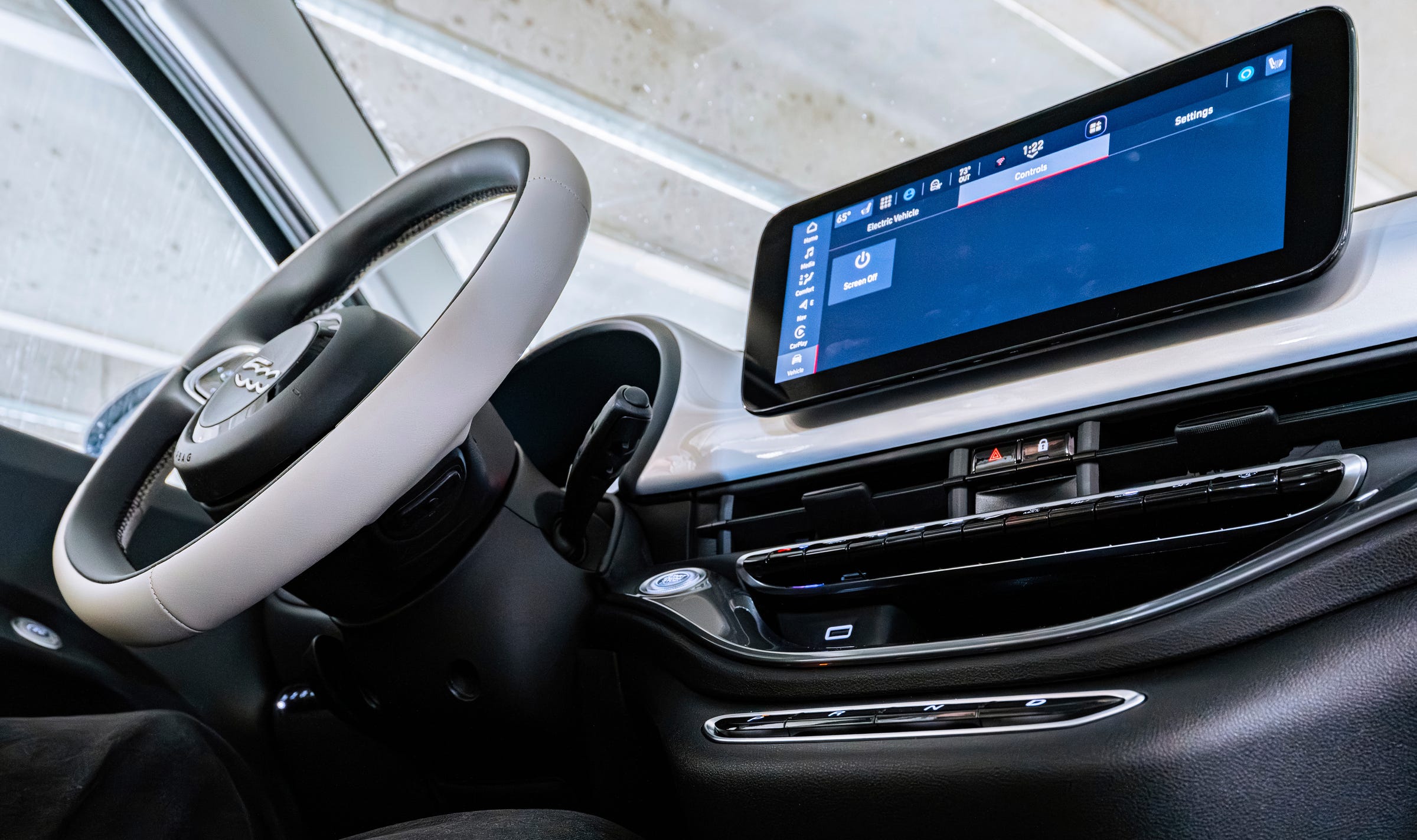Stellantis Overhauls In-Car Features: Key Details for Buyers

Stellantis, the global automotive powerhouse formed from the merger of Fiat Chrysler Automobiles and PSA Group, has announced a significant overhaul of its in-car features offerings. This strategic move, unveiled on Monday, aims to enhance the driving experience through advanced software and connectivity options. The initiative is part of Stellantis’s broader plan to stay competitive in the rapidly evolving automotive landscape.
The announcement comes as the industry shifts towards electric and autonomous vehicles, with software playing an increasingly crucial role. Stellantis has outlined plans to integrate more sophisticated features across its brands, including Jeep, Chrysler, and Peugeot, to meet growing consumer expectations for technology-driven convenience and safety.
Revamping In-Car Features: What It Means for Consumers
For prospective car buyers, Stellantis’s revamp means a more tech-savvy driving experience. The company plans to introduce a suite of new features, ranging from advanced driver-assistance systems to enhanced infotainment options. These upgrades are designed to provide a seamless and personalized in-car environment.
According to Stellantis CEO Carlos Tavares, the focus is on delivering “software-defined vehicles” that can be continually updated and improved over time. This approach mirrors the strategies of tech giants like Tesla, which have set new benchmarks for vehicle software integration.
Background: The Shift Towards Software-Defined Vehicles
The automotive industry is undergoing a transformation, with software becoming a key differentiator among car manufacturers. This shift is driven by consumer demand for features that enhance safety, connectivity, and entertainment. As a result, companies are investing heavily in software development and partnerships with tech firms.
Stellantis’s decision to revamp its in-car features is part of a larger trend towards creating vehicles that are not only modes of transportation but also platforms for digital experiences. This strategy is expected to attract tech-savvy consumers and position Stellantis as a leader in the automotive tech space.
Expert Opinions: Navigating the New Automotive Landscape
Industry experts view Stellantis’s move as a necessary step to remain competitive. “The automotive industry is at a crossroads,” says John Doe, an automotive analyst at TechInsights. “Companies that fail to innovate and adapt to the new digital paradigm risk being left behind.”
Doe notes that Stellantis’s emphasis on software and connectivity aligns with broader industry trends. “As vehicles become more connected, the ability to offer continuous software updates will be crucial. It’s not just about selling a car; it’s about providing an ongoing service.”
“The future of the automotive industry lies in software and connectivity. Stellantis’s strategy reflects this reality.” – John Doe, TechInsights
Historical Parallels: Learning from Past Industry Shifts
The current shift towards software-defined vehicles is reminiscent of past transformations in the automotive industry. In the early 20th century, the transition from horse-drawn carriages to automobiles revolutionized transportation. Similarly, the digital revolution is reshaping how we perceive and interact with vehicles today.
Historically, companies that embraced change and innovation thrived, while those that resisted were often left behind. Stellantis’s proactive approach suggests a willingness to adapt and evolve in response to new challenges and opportunities.
Looking Ahead: Implications for the Automotive Industry
Stellantis’s overhaul of its in-car features is likely to have far-reaching implications for the automotive industry. As more companies follow suit, consumers can expect a future where vehicles are increasingly defined by their software capabilities.
The move represents a shift towards a service-oriented business model, where ongoing software updates and enhancements become a key part of the customer experience. This trend is expected to accelerate as electric and autonomous vehicles become more prevalent.
Meanwhile, Stellantis’s focus on software and connectivity could pave the way for new partnerships and collaborations with tech companies, further blurring the lines between the automotive and technology sectors.
As the industry continues to evolve, Stellantis’s strategy may serve as a blueprint for other manufacturers seeking to navigate the complexities of the digital age. The future of driving is undoubtedly digital, and Stellantis is positioning itself at the forefront of this transformation.






